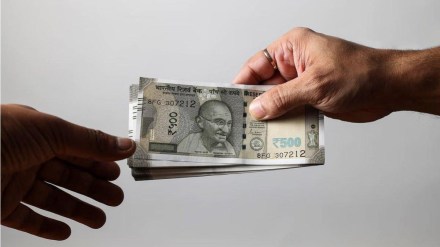Monetary policy has asymmetric transmission in Indian financial markets, and this aspect must be considered in future monetary policy, a SBIEcowrap report said on Monday.
The report, prepared by SBI Research, sought to examine the movement of money market and corporate bond market in response to monetary policy. Here, a positive relationship between the financial markets and monetary policy would indicate greater transmission.
“With liquidity in the system currently in a deficit mode, the question that we pose in the current context is whether such liquidity tightening impulse is fully and adequately reflected in the money market rates?” SBI Group chief economic advisor Soumya Kanti Ghosh asks in the report.
The report comes at a time when liquidity in the banking system has slipped into a deficit after the Reserve Bank of India (RBI) in August mandated banks to maintain an incremental cash reserve ratio of 10%.
SBI Research has used an autoregressive distributed lag model for the 65 month ended August. The data constitutes both periods of rate hikes and rate cuts. According to its assessment, a 1% increase in repo rate has resulted in a mere 2-3 basis point(bps) rise in 10 year AAA corporate bond spread, a 3-4 bps rise in 5 year AAA corporate bond spread.
But it has resulted in around 31 bps decrease in spread of 3 year AAA corporate bond, which indicates that the 3-year corporate bond are not priced with an adequate risk premium, the report said.
Specifically, SBI Research estimates that 10-year and 5-year AAA corporate bond yields are under-priced by at least 35 basis points lower given the current liquidity, risk premium in the market. Similarly, 3-year AAA and AA corporate bonds are found to be lower by at least 26 and 40 bps, respectively.
The weighted average yield of commercial papers fell to 7.20% in July from 7.90% in March even as policy rate has remained constant during the same period, demand has been robust, and liquidity has tightened. “Overall, our estimates reveal that at an annualised rate, the corporates have been able to save up to Rs 5,000 crore because of lower CP rates. This has resulted in a much better debt service ratio,” the report said.
